Every new generation has some peculiar trends that make it distinct from the last. With these differences, marketers must adjust their strategies to accommodate younger consumers better lest they be left in the dust. That’s why this article will go over the Gen Z trends you should know before you try and approach this burgeoning demographic.
But first, let’s talk about the pitfalls of marketing to a Gen Z audience and what generational marketing trends always get wrong. Along the way, we’ll discuss the unique dimensions of this generation’s content and memes.
Why your Gen Z marketing isn’t working
Say goodbye to millennials and welcome generation Z. Marketing has its sights set on a new batch of kids and young adults as the current curiosity for businesses. Trends are somewhat cyclical, so every time a new generation is announced marketers work themselves into hysterics trying to figure out why their old tricks have stopped working.
Is your marketing no longer relatable to the new slate of young people? It might be because “generational segmentation” is not an exact science. In fact, it’s not a science because generations don’t exist in nature. Adhering too closely to stereotypes about generations leads to bad assumptions within your research.
Adam Connover’s classic talk about Millennials contains some of the same truths we should apply here:
Your marketing will not work if it treats them as aliens that you are pandering to. Additionally, jumping in and attempting to converse with them using their language will make you seem old and out of touch. Don’t believe me? Look at the plethora of articles talking about how luxury brands and media outlets are failing on TikTok.
The bottom line is that generational differences only have as much power as we give them. First and foremost, treat younger viewers like people worth your time and respect.
Demographic Trends
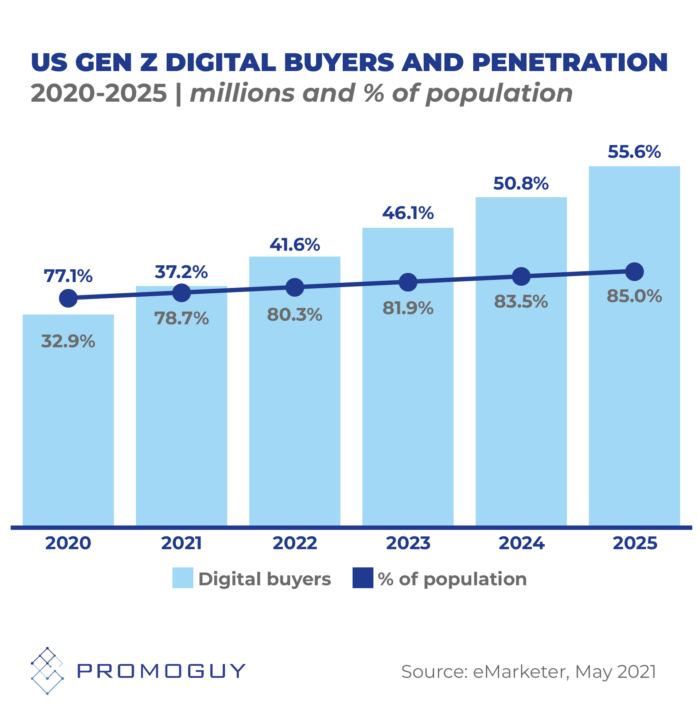
In 2022, trends indicate that this current generation is the most diverse there has been (in Western nations). According to the Pew Research Center, they are also set to be the most educated generation n history with a record number of graduates. Adding to this, their digital literacy is the highest as well, with few members that remember a time before the Internet. Consequently, they are less likely to distinguish between online social connections and real-life ones.
In many ways, research indicates their social values follow the trends set by millennials. Much like their preceding generation, they are more likely to be progressive and socially liberal. They are also more likely to accept societal change than older generations (above 40).
Most members of Gen Z people received their first phone before the age of 12 and this generation is more likely to prefer streaming over cable. They are very comfortable with online retail, being the most likely age group to order online. They are also very sceptical about data privacy policies yet also least concerned about privacy as a whole. This is likely due to their familiarity with digital technologies.
Online Content & Taste
Taste is subjective but there are generational trends that are worth noting based on the experiences of age groups. For Gen Z, media outlets soaring in popularity primarily digital: Instagram and Snapchat dominate, while Tiktok is climbing. 60% stream music daily and another nearly 40% listen to podcasts. YouTube has been increasing steadily in usage among the generation.
A lot of commentators are confounded by Gen Z trends, but this is actually par for the course. The same articles were written about millennials in another case of “the more things change the more they stay the same”. There’s a lot of absurdist, surrealist, and dark humor in their taste. Online content they find funny also tends to be imbued with fast-paced editing and meta-humor.
Judging by their taste in platforms, this current generation is more deeply into 2-way communication. While millennials (more often than not) shared their favorite songs or movie clips, platforms like TikTok and Instagram have let Gen Z incorporate them into their own media in a collaborative way. For Gen Z, Tik Tok dances start crazes and allow for TikTok music marketing, which labels have begun to rely on.
Gen Zers are also much more receptive to memes. Speaking of which…
Gen Z Memes Are Morbidly Chaotic
Discussions about generations flair up every now and then on the Internet. These are often based on stereotypes about certain age groups and (a lot of the time) they revolve around the randomness of Gen Z humor. Personally, every younger generation’s humor seems random and superfluous to the previous one. That said, here’s a sampling of the general tone.
If you’re not Gen Z and you don’t get the point of these, that is (perhaps) the point.
- Absurdism, dark humour, and the use of bright, humorous tones to cope with difficult situations



- Pop Culture References that play on Gen Z nostalgia with “chaotic energy”
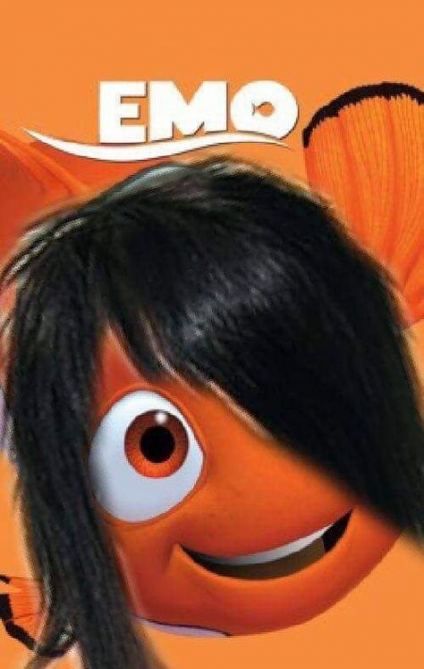

- Randomness and Dadaism with a self-deprecating uncoolness
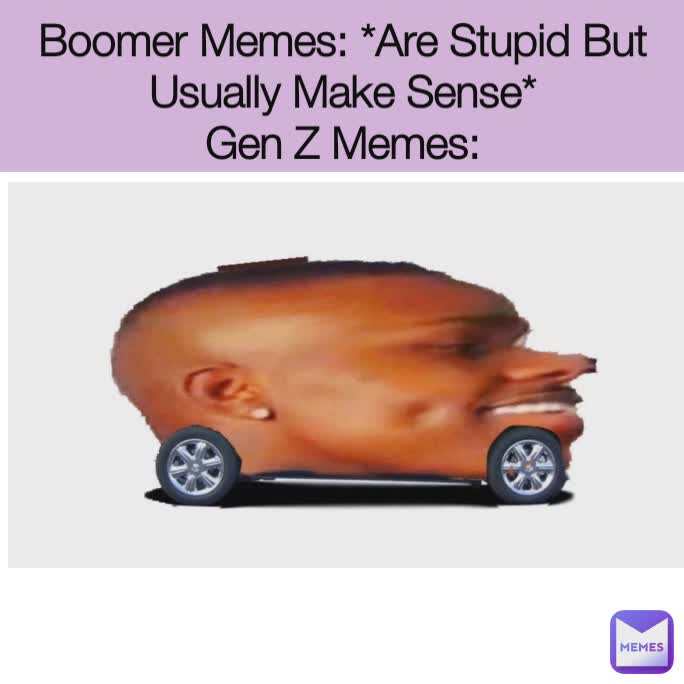
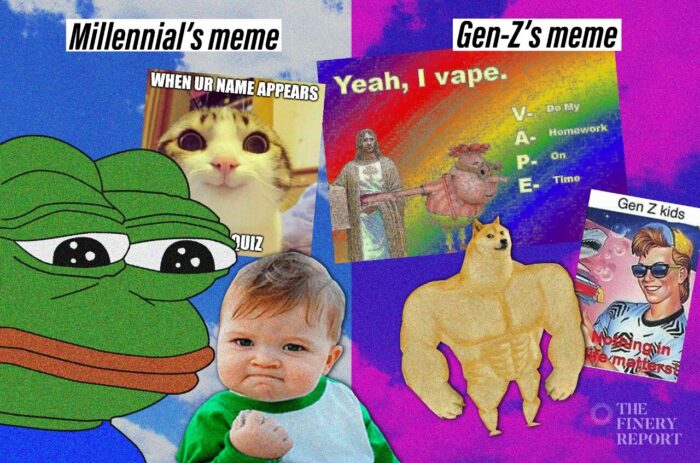
The running theme is that Gen Z images can be very chaotic and alien. They have a counter-culture edge of nonsensicalness while also being colorful in a punk sort of way. Social Media and Gen Z humor go together well as their memes are very eye-catching both in aesthetics and content. They jump out and make you tilt your head because they are random and very distinct with lots of in-group humor.
Note: There is a massive danger with using these formats in your marketing or when creating content. For God’s sake, do not do what Saturday Night Live did in one of their most embarrassing “boomer” sketches ever, where they tried to coopt youth language to dismal effect.
Creating a Gen Z Buyer Persona
A technical report by Infegy has helped identify core identities based on Gen Z trends. These can be used to create a number of useful buyer personas if need be. Remember: an entire generation is never a monolith and will always contain subcultures within it.
Here’s how you can identify the subcultures:
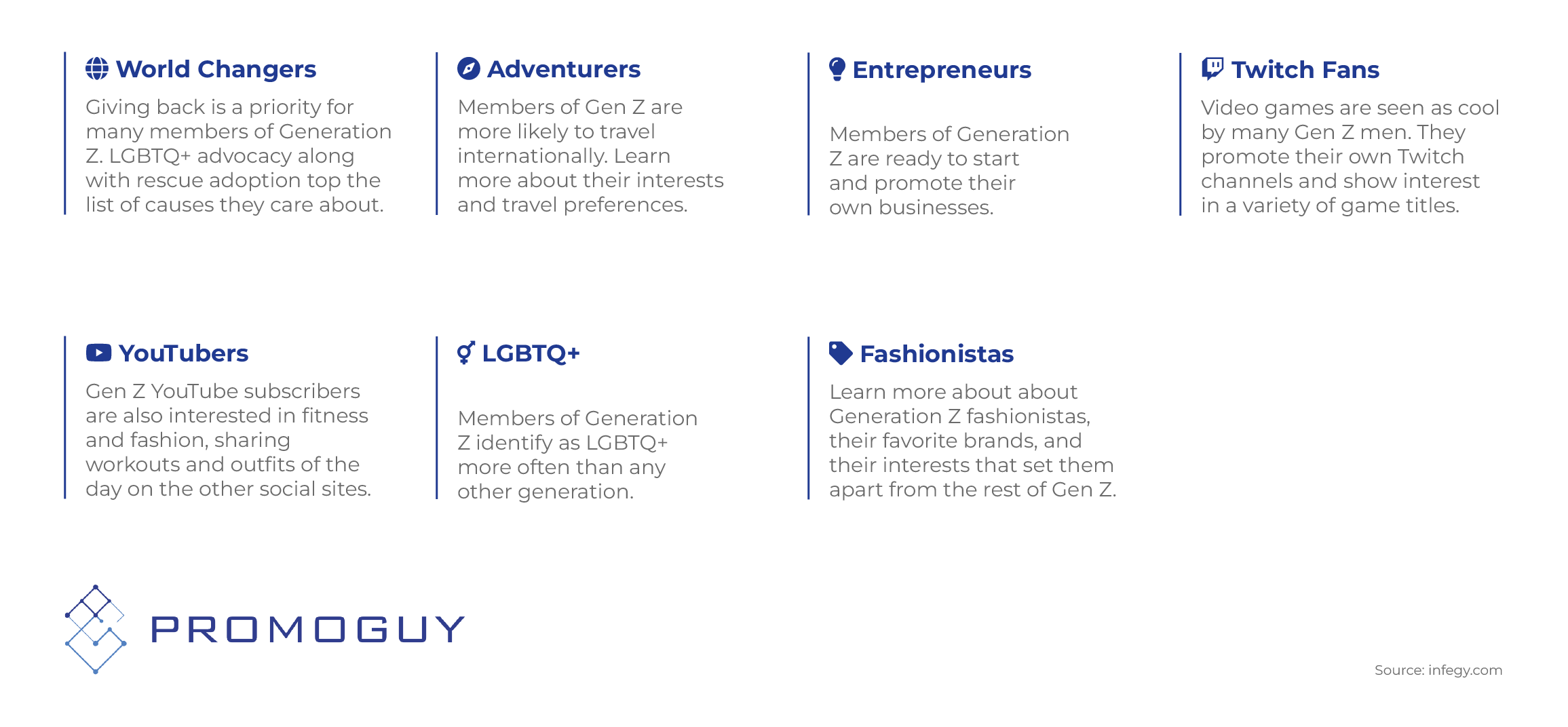
You can learn how to make an effective buyer persona with our primer.
Gen Z Marketing Case Study
Some companies have successfully created campaigns and ads targeted to Gen z consumers. A prominent one that comes to mind is Doritos’ branding exercise in collaboration with Uproxx. Both companies set out to build interest in Doritos with a multimedia promotion strategy focusing on driving brand awareness, and relevance while increasing market share with key audiences.
They were targeting the “Hyperlifer” segment: 16 to 34-year-old males and females with a passion for film, gaming, and sports. The goal was to create a streetwear collection inspired by the bold energy and shape of the iconic snack with the aid of world-renowned streetwear designers. They documented the entire process on video for social media and their own dedicated platforms.
Next, they made payment as simple as possible, leveraging Gen Z’s proclivity towards mobile-based shopping. The Doritos x Illegal Civ drop contacted influencers, organized across all platforms, and drove it home with a mobile-first shopping platform.
The results were a success. Viewers of the campaign reported an elevated opinion of Doritos as trendy and culturally significant. It drove the brand into unknown territory: within streetwear. They also sold all their limited edition pieces in record time (within 4 minutes of the drop).
Gen Z Trends Indicate a Proclivity Toward Influencer Marketing
Influencers have also managed to harness trending reels on Instagram to their own ends. The TikTok music industry has been a stellar example of this trend, as Lil Nas X’s success with “Old Town Road” demonstrates. However, there are other successes worth noting, such as how indie label “Good Soldier” employed Tiktok marketing to generate a 72% increase in streams in the UK.
They were able to do this by leveraging influencer marketing, producing over 2,500 videos that promoted their music. What made this campaign work where others failed was the label’s understanding of Gen Z’s need for organic trends. This is why the company gave very loose directions to the influencers they contacted and let them have fun with it.
This approach led to many different permutations of videos with broad tones and more room for creativity to thrive. With most big influencers, their communities began to ape their idols and produce similar work creating multiple waves of trends.
The label also leveraged hashtags to great effect. They used Bytesights as their TikTok analytics tool, finding existing and trending hashtags that fit their campaign.
They also used a trick they call “layering”, where they contacted multiple waves of influencers over time rather than finishing up all their ad spend in a single burst. This led to more sustained growth over a longer time with more time for the trend to catch on.
If you want to learn more about influencer marketing, check out our primer on this marketing platform.


